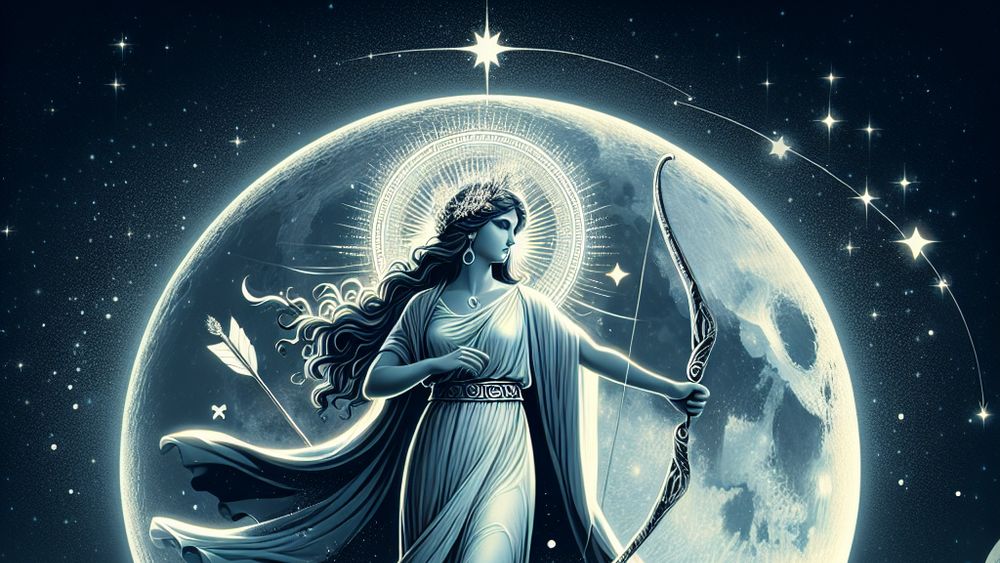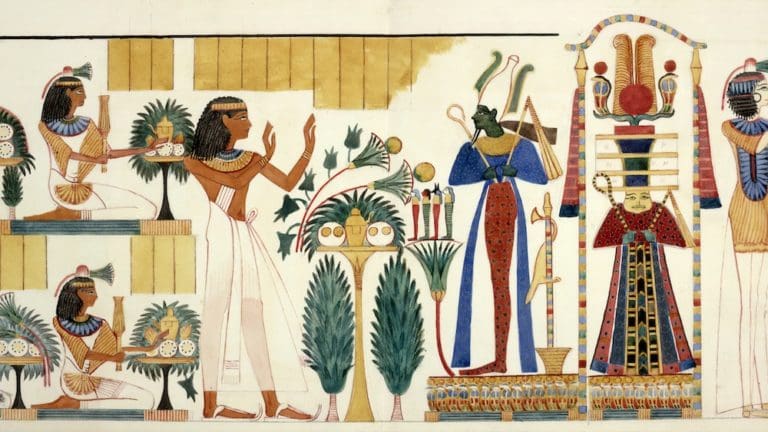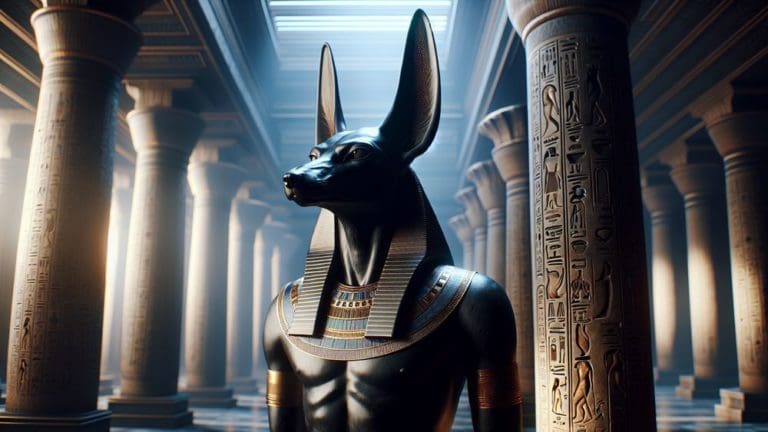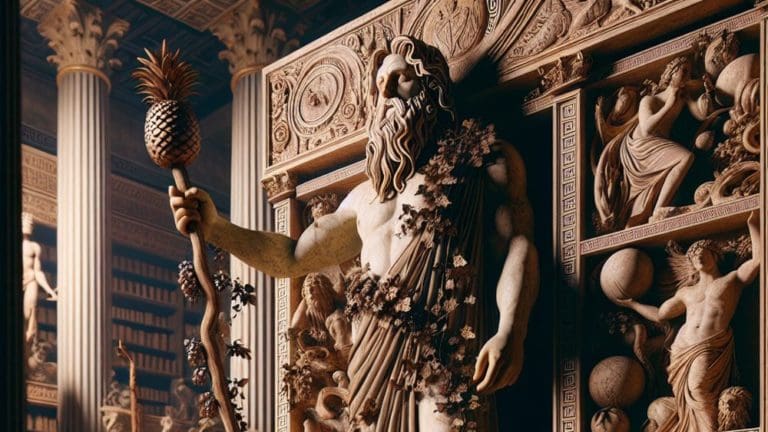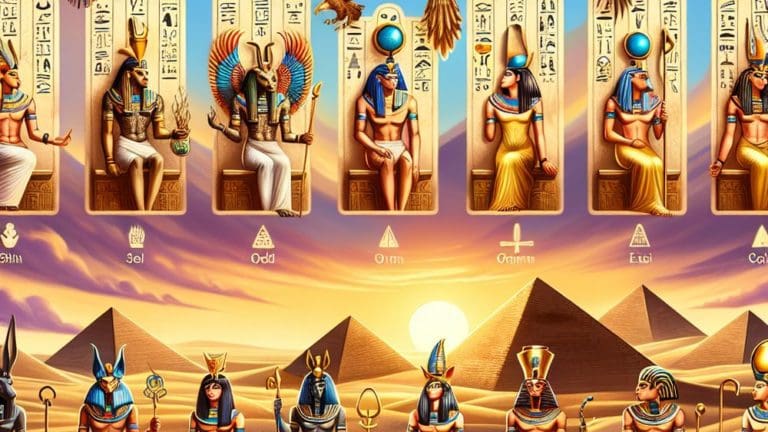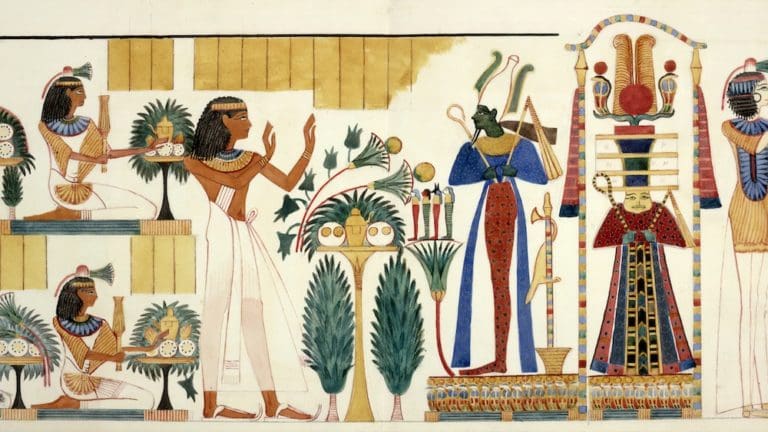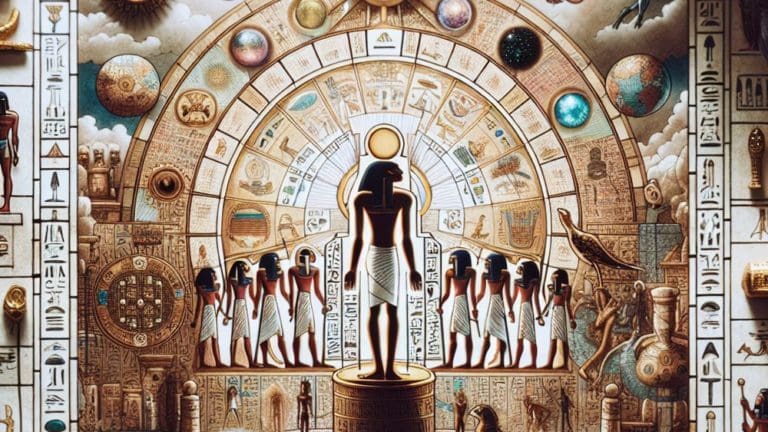Selene: Greek Goddess Of The Moon And Huntress
Selene: Greek Goddess Of The Moon And Huntress
Hey, history buffs and mythology enthusiasts, strap in because we’re about to dive deep into the luminous world of Selene, the Greek Goddess of the Moon. This celestial deity not only illuminates our night sky but also holds a rich tapestry of myths that interlace the ancient Greek pantheon.
Key Points:
- Selene is the Greek Goddess of the Moon and daughter of Titans Hyperion and Theia.
- She is known for her love story with Endymion, a mortal granted eternal sleep by Zeus.
- Selene drives the moon across the sky and controls time and seasons in Greek mythology.
- Ancient Greeks worshipped Selene through altars, sacrifices, and moon festivals.
- Selene’s symbols include the crescent moon, chariot, torches, and billowing robes.
- Selene’s influence extends to literature, movies, astrology, and popular culture today.
- She is not typically considered a huntress goddess, with Artemis being more associated with hunting.
Selene’s mythology is as enchanting as moonlight itself, filled with tales of love, beauty, and a sprinkling of divine power. Whether you’re a seasoned mythologist or just dipping your toes into this intriguing pool, I promise, there’s plenty here to captivate your interest.
The Mythology of Selene
Get ready to explore the realm of Selene, where myths paint the sky and tales of gods and goddesses come to life. We’re talking epic stories rich with detail, deep with symbolism, and oh so magnetic.
The Birth and Origins of Selene
So, where does Selene kick off her cosmic journey? Right from the get-go, she’s been shining bright in the Greek pantheon. The origins of Selene are quite the tale.
- Parents: Selene is the daughter of the Titans Hyperion and Theia, making her royal in the world of ancient divinities.
- Siblings: She’s not flying solo; her brother Helios, the sun god, and her sister Eos, the dawn goddess, are major players too.
In essence, Selene’s birth places her among the celestial deities, making her an integral part of the Greek mythological world.
Selene’s royal lineage and celestial connections as the daughter of the Titans Hyperion and Theia position her as a key figure in Greek mythology.
Selene and Endymion: A Love Story
The love story between Selene and Endymion is nothing short of epic romance. Here’s the scoop: Endymion was a mortal, and oh boy, was he handsome. Selene fell hard for him, and I mean, who wouldn’t?

But here’s the kicker: he was mortal. So, Selene does what any love-stricken goddess would do – she asks Zeus to grant him eternal sleep where he would remain youthful forever. Why? So she could visit him every night, without the pesky problem of him aging. Talk about devotion!
Selene’s Role and Powers as the Moon Goddess
Alright, time to talk serious biz: Selene’s role as the Moon Goddess. She didn’t just float around looking pretty; she had some heavy responsibilities and cool powers to boot.
First off, she’s the one driving the moon across the sky. Imagine that – a divine chariot pulling the moon every night. Plus, she’s got this beautiful glow; think of her as the ancient world’s nightlight.
But wait, there’s more. Selene also had the power to control time and the seasons. Her phases influenced everything from the tides to human behavior. Talk about multitasking! Her ability to seamlessly blend into the lives of mortals and gods alike shows her fluid and changing nature – just like the moon itself.
Selene’s role as the Moon Goddess involved driving the moon across the sky, controlling time and the seasons, and influencing various aspects of nature and behavior, showcasing her multitasking abilities and fluid nature.
Selene’s Influence in Ancient Greece
Selene’s radiance didn’t just light up the night sky; it also cast a long shadow over ancient Greek culture, painting her as a deity of immense reverence and influence.
Worship and Veneration of Selene
Let me tell you, the ancient Greeks didn’t just admire Selene from a distance – they actively worshipped her. Here’s how they showed their love:
First up, they built altars and offered sacrifices under the moonlight, believing it would bring them closer to the divine. And get this, they even had festivals in her honor, where they’d sing hymns and perform rituals to pay homage to her brilliance.
Then there’s the Moon festivals – yeah, they had those. These were nights when Selene’s influence was believed to be at its peak, and people would come together for celebrations that included everything from dancing to feasting. It was their way of saying “Thanks” for the light and guidance she provided each night.
Temples and Sacred Sites Dedicated to Selene
Tracking down temples and sacred sites dedicated to Selene is like going on a mythical treasure hunt. Why? Because unlike her brother Helios, Selene’s worship didn’t focus on grand architectures or vast temple complexes.
Instead, worship spaces for Selene were more intimate, nestled in nature, where the moon’s glow could touch the earth directly. Think open-air altars on hilltops or sacred groves where the moonlight danced through the leaves. No big deal, just incredibly awesome when you think about the connection to the natural world.
| Location | Description |
|---|---|
| Mount Latmos | A sacred site where Selene met Endymion and where he was put to eternal sleep. |
| Caria | Known for open-air sanctuaries dedicated to moon worship, including Selene. |
| Various city-states | Small shrines and altars, often in locations with clear views of the night sky. |
Selene in Orphic Literature and Hymns
In Orphic literature and hymns, Selene was celebrated and revered as the embodiment of the moon’s power. These texts are where you really get to see her divine personality shine. It’s like they were telling us, “Hey, Selene isn’t just some distant celestial body; she’s got feelings, desires, and incredible power.”
One famous Orphic hymn paints her as a nurturing mother to the world, her light a guiding and comforting presence in the darkness. This shows Selene’s impact was more than just in the sky; it was in the hearts and souls of those who sang her praises. These hymns were a big deal, a gift to her from humanity, showcasing love and reverence.
Selene’s portrayal in Orphic literature emphasizes her divine personality, showcasing her as more than just a distant celestial body and highlighting her nurturing and guiding presence in the world.
The Symbolism of Selene
Selene is all about cycles and transformations. Just look at the moon; it’s never the same two nights in a row, right? This is super symbolic of life’s constant changes. The Greeks were onto something here, showing us that change is natural, inevitable, and pretty beautiful.
Selene’s symbolism dives deep into themes of balance and renewal. Through her, we’re reminded that endings are just beginnings in disguise. Easy to understand, yet profound, isn’t it?
Selene’s Iconography and Symbols
When it comes to spotting Selene in art and sculpture, a few key symbols make it a no-brainer. These icons were like ancient emojis, telling you exactly who you’re looking at, and they packed a lot of meaning.

- Crescent moon: Literally her signature look. Worn on her forehead or held in her hand.
- Chariot: Often depicted driving a chariot pulled by two horses, cruising through the night sky.
- Torches: Symbolizing the light she brings to the night, guiding travellers and sailors.
- Billowing robes: Represent the night sky enveloping the earth, her presence everywhere during nighttime.
The Connection Between Selene and the Natural World
Selene’s connection to the natural world was pretty significant. The moon, her celestial domain, has real effects on Earth, influencing tides, animal behaviors, and even human emotions. People back then totally got this, seeing her as a crucial balance to the sun’s power, Helios, her bright brother.
Not just a pretty face in the sky, Selene was seen as a nurturing force, her cycles a constant reminder of the flow and ebb of life itself. Her phases guided farmers, sailors, and even lovers, making her an integral part of daily life and survival.
Selene and Her Influence on Modern Culture
Selene’s legacy doesn’t just stop at mythology; she’s still rocking it in modern culture today. From literature to movies, and yes, even in that tattoo your friend got last summer, her influence is everywhere.
- Literature and poetry: Often invoked as a symbol of beauty and mystery, inspiring countless works.
- Movies and television: Elements of her myths appear in stories about love, power, and the natural cycle of life.
- Astrology: The moon, representing emotions and intuition, owes a big tip of the hat to Selene.
- Popular culture: From trendy moon jewelry to being an ever-popular name for pets, Selene’s influence is solid.
Selene’s influence transcends mythology, resonating strongly in modern culture through literature, movies, astrology, and popular trends.
Pantheon of Greek Mythology
When it comes to Greek mythology, Selene is just the tip of the iceberg. There’s a whole pantheon of gods, goddesses, and mythological creatures, each with their own incredible stories, powers, and lessons to teach us.
For an awesome dive into this world, check out the ultimate list of all the Greek gods and goddesses. Trust me, it’s an adventure you don’t want to miss.
FAQs
1. What are the most famous myths involving Selene?
The most famous myths involving Selene include her passionate love affair with Endymion. He was a beautiful mortal who caught the eye of Selene, leading her to ask Zeus to grant him eternal sleep. This way, he would stay youthful forever, and she could visit him without disturbing his peace.
2. How was Selene worshipped in ancient Greece?
Selene was worshipped in Ancient Greece through various rituals and offerings at night, under the glow of the full moon. Her worshippers would sometimes conduct ceremonies in high places like hills where they felt closer to the moon, creating a sacred space to connect with the lunar goddess.
3. Can Selene be considered a huntress goddess?
While Selene is primarily known as the goddess of the moon, she is not typically regarded as a huntress goddess. That title often goes to Artemis, her lunar counterpart in some aspects of mythology who is directly associated with the hunt and wild animals.
4. What are the symbols associated with Selene?
The symbols associated with Selene include the crescent moon, often depicted crowning her head, and sometimes a billowing cloak that represents the night sky. These symbols emphasize her role as the moon goddess and her connection to the cycles of the night.
Conclusion
In delving into the world of Greek mythology, we find that Selene holds a unique and fascinating place. Her stories, from her quiet love for Endymion to her majestic journey across the night sky, remind us of the power and mystery of the moon. Selene’s influence stretches far beyond the ancient world, continuing to inspire and captivate people’s imaginations today.
As we wrap up, I hope this exploration into Selene’s mythos has illuminated just how deeply intertwined the stories of gods and goddesses are with the natural world and human emotion. It’s been awesome diving into these tales with you. Take care and keep gazing at the moon; you never know what ancient stories might come alive in your mind.
Signing off, Cedric

